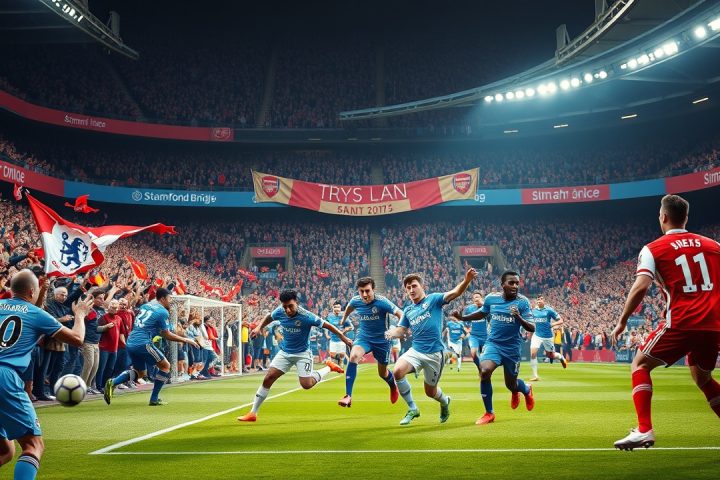The Emergence of Fanzines
The emergence of fanzines in the 1980s revolutionized the relationship between football clubs and their supporters, providing a creative outlet for fans and a platform for their voices during tumultuous times for the sport. At their peak, these independent publications collectively sold over one million copies annually, capturing the hearts and minds of football aficionados as they navigated a decade marred by challenges including hooliganism and tragic disasters.
Redefining Fan Culture
Rooted in a time when football was facing significant issues, such as dwindling attendance and negative media portrayals, fanzines arose to challenge the derisive perception of fans as merely rowdy troublemakers. Instead, they painted a more nuanced picture, revealing the intelligence and passion of the game’s supporters.
“What fanzines did was offer an alternative voice that represented a much broader variety of perspectives on footballing culture,”
states Kenn Taylor, who is involved with the traveling exhibition “Voice of the Fans” at Leeds Central Library. This exhibit focuses on the profound impact of fanzines on the sport.
Flourishing of the Movement
While earlier iterations of fan publications like Foul (a parody), and The End (blending music and football wit), set the stage, the movement truly flourished with titles targeted at specific clubs—such as Terrace Talk for York City and City Gent for Bradford City. These publications offered a distinct alternative to the often monotonous local newspaper coverage and lackluster matchday programs.
By 1992, it was reported that more than 600 football fanzines had emerged. Many were short-lived, yet key titles such as United We Stand (Manchester United) and The Square Ball (Leeds United) have endured, demonstrating the continuing demand for fan-produced literature. Mike Harrison, the editor of City Gent, reflects,
“Heritage and tradition are perhaps the main reason there is still an appetite for the printed fanzine in our case.”
Celebration of Football Culture
The fanzine movement was not solely about dissent but also celebrated football culture with humor and creativity. Some fanzines took inspiration from popular terrace chants or cultural references, showcasing titles like A Kick Up The R’s (QPR) and Fortune’s Always Hiding (West Ham United). This vibrant mixture of clever puns and incisive commentary fostered a community of fans who were eager to express their thoughts, desires, and humor regarding the sport they loved.
Fan Activism and Representation
Amidst the struggle for change, fanzines also played critical roles in combating efforts that threatened club identities. For instance, Voice of the Valley, launched by Charlton Athletic supporters, was pivotal in influencing local government decisions that aided the club’s return to its home ground after years of displacement.
These grassroots publications reflected the power of fan activism, showcasing a desire for representation and a longing to influence the clubs they supported. The fight against proposed club mergers and the push for an end to compulsory ID cards demonstrates how fanzines became a tool not only for entertainment but also for larger social change within football.
Legacy and Continued Relevance
As we look at the evolution of fan engagement today, it’s noteworthy that despite the rise of digital media, the allure of printed fanzines persists. The exhibition highlights that approximately 60 fanzines are still in circulation, a testament to their enduring spirit. In conclusion, the fanzine phenomenon of the 1980s not only uplifted the voices of passionate supporters but also transformed the landscape of English football, leaving a legacy that continues to resonate today.




